Jan and I are leaving in two weeks to head back to Northern Territory for a few months and have been expecting that this would mean we would miss the mating rituals of the Victoria’s Rifle Bird (Ptiloris victoriae) …..yet again.
But we got lucky on Friday when we came back from shopping in Ingham and barely had time to sit down before a different call from a male VRB made us check out the feed tray and tree fern post out on the verandah.
And there he was, getting right into it … a very early bird by the entries in bird books which list the VRB breeding season as September to January, obviously with male competition for female partners pretty much done and dusted before our usual return to Paluma in late October.
We got lucky, but Mr Riflebird wasn’t so lucky, despite a very intense performance on top of the tree fern.
He started calling with wings upswept while facing the bushes off the verandah where VRBs, Honeyeaters, Catbirds and Satin Bowerbirds queue for the fruit buffet.

Still photos unfortunately don’t show the movements that go with each pose … with wings up, he kept in constant up and down motion by bending his legs while at the same time opening and closing his beak to get the bright yellow gape into the display.
Things were looking good when a female landed on the tree fern just below him and looked up, at which point he dropped his left wing and played some peek-a-boo by hiding his head behind the right wing.

Then the day’s ration of watermelon caught her attention and she dropped to the food tray. While he kept on with his performance she looked up, looked right but eventually swiped left, preferring watermelon to his advances.



He was so intensely focused and hormonal that he paid no attention to me moving around on the verandah to get better camera angles. Light was fading and I had to crank up the ISO to 3000 to get a workable shutter speed.

This morning I went looking for more information about VRB courting and couldn’t find much…except what would seem to be the seminal document on this subject written by Harry Frith and William Cooper and published in Emu, the journal of Birds Australia, now published by CSIRO.
Great abstract online at:- https://www.tandfonline.com/doi/abs/10.1071/MU9960102, but if you want to read the whole article online it’ll cost you 50 bucks American… if you want to download that whole issue of Emu that’ll cost you $230 AUD. Universities usually have deals that get their people open access to academic publications but my university contacts couldn’t get free access via JCU or Monash. The hegemony of the ‘big boys’ in academic publishing is a very vexed issue, even for those working in the academy. For the rest of us, bad luck.
But back to the joyful experience of watching this display of unbridled avian lust. In wings-up display, we get to see mauve feathers at the base of the wings and a mauve streak running back from the eye alongside the blue spangled cap. Wow, I said!
What we didn’t get to hear was what Frith and Cooper describe as “a vigorous alternate wing clap display that all but embraces the female with rapidly alternating wing extensions and synchronous jerking of the stiffly rigid head and neck between them at a progressively rapid tempo until copulation.”
Clearly once she swiped left that wasn’t going to happen!
Here’s hoping we get to see a few more displays before we disappear towards the north west for a few months.
Talking with other villagers today the question was asked about the apparently unseasonal courting behaviour … is this just a precocious individual bird or is this another sign of the “new normal” as we see more unseasonal animal behaviour and plant flowering and fruiting?
Love to hear what unusual biological phenomena others are seeing??
Text & Photos by Peter Cooke, with Jan Cooke
Footnote: For those unfamiliar with the phrase “swiping left” Dictionary.com offers this definition: (On the online dating app Tinder) indicates that one finds someone attractive (or unattractive) by moving one’s finger to the right (or left) across an image of them on a touch screen. “I swiped right, but sadly for me, she swiped left”.
Further Information:-
Courtship Display and Mating of Victoria’s Riflebird (Ptiloris victoriae) with Notes on the Courtship Displays of Congeneric Species
Clifford B. Frith & William T. Cooper
“The courtship display and mating of Victoria’s Riflebird (Ptiloris victoriae) are described from numerous hours of direct observations and 117 minutes of videotape. Courtship display is typically performed on the apex of a vertical dead tree trunk stump and consists of three discrete components: Calling with the associated exposure of a bright mouth, a circular wings and gape display and a vigorous alternate wing clap display that all but embraces the female with rapidly alternating wing extensions and synchronous jerking of the stiffly rigid head and neck between them at a progressively rapid tempo until copulation. Subjective observations indicate that in immature, female- and sub-adult male-plumaged males the advertisement call is inferior in power and the courtship displays lacking in synchronisation and coordination of postures and movements. Victoria’s Riflebird courtship is compared with that of congeneric riflebirds and with other sexually dimorphic polygynous birds of paradise and similarities discussed. Contrary to previous views, the courtship display of Victoria’s Riflebird involves a progressive series of specific postures and movements increasing in tempo and leading to copulation. Some of its courtship behaviour is similar to that of other genera in the Paradisaeinae”.


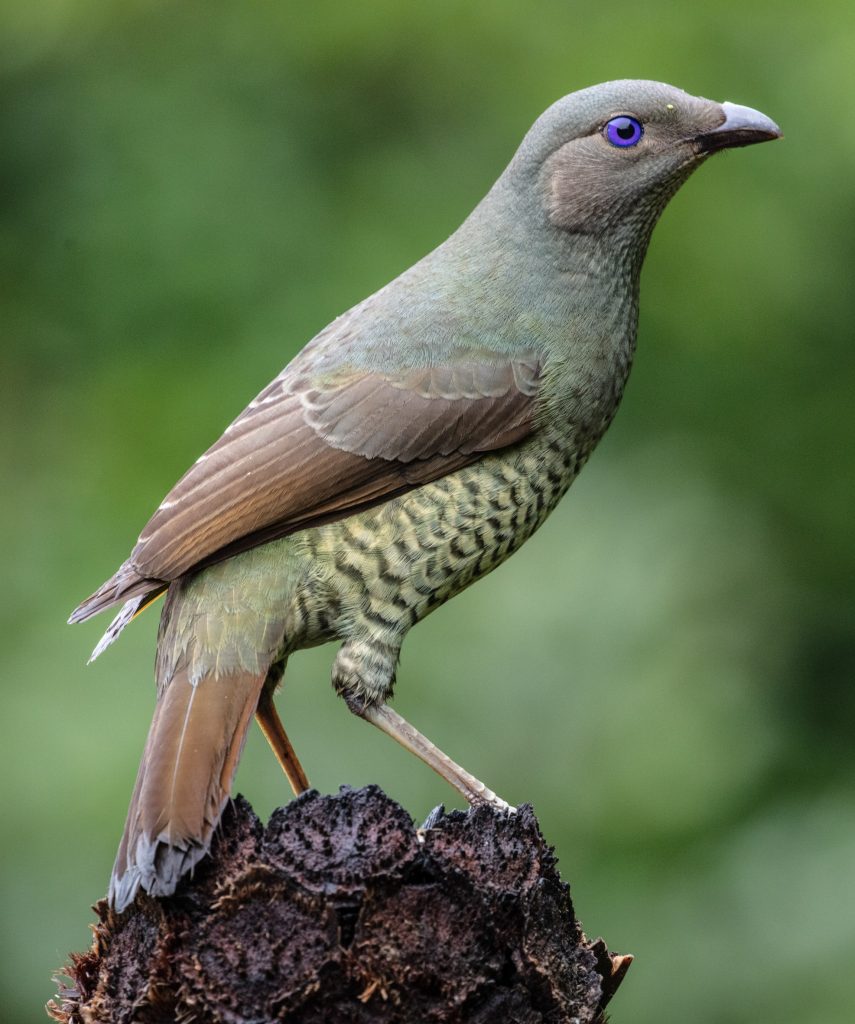

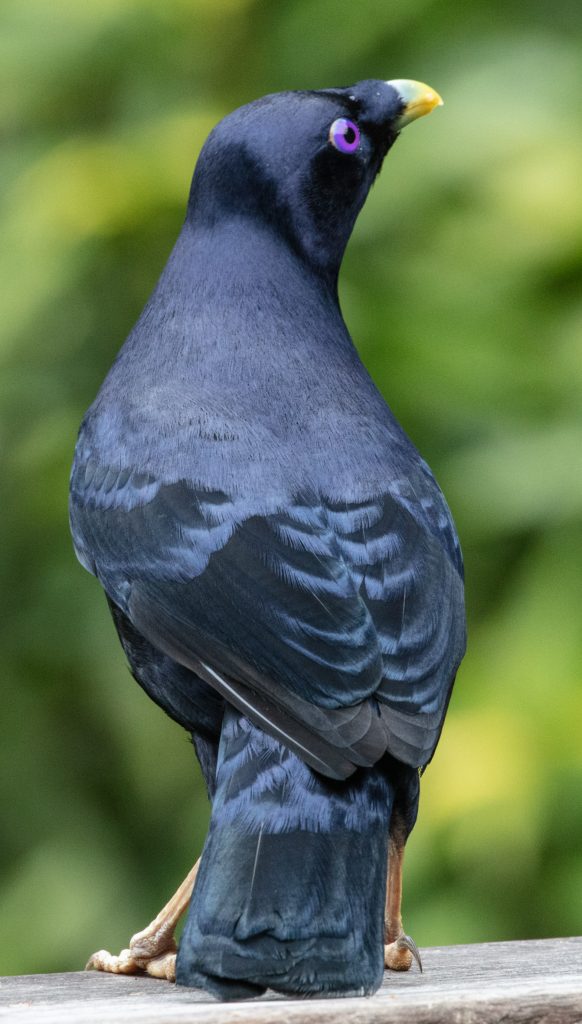


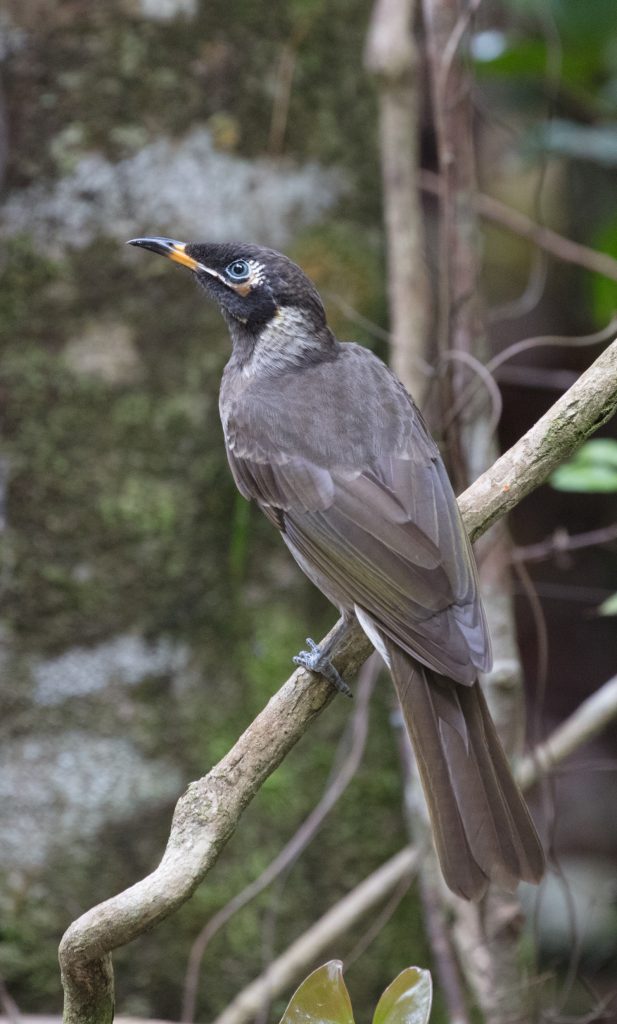









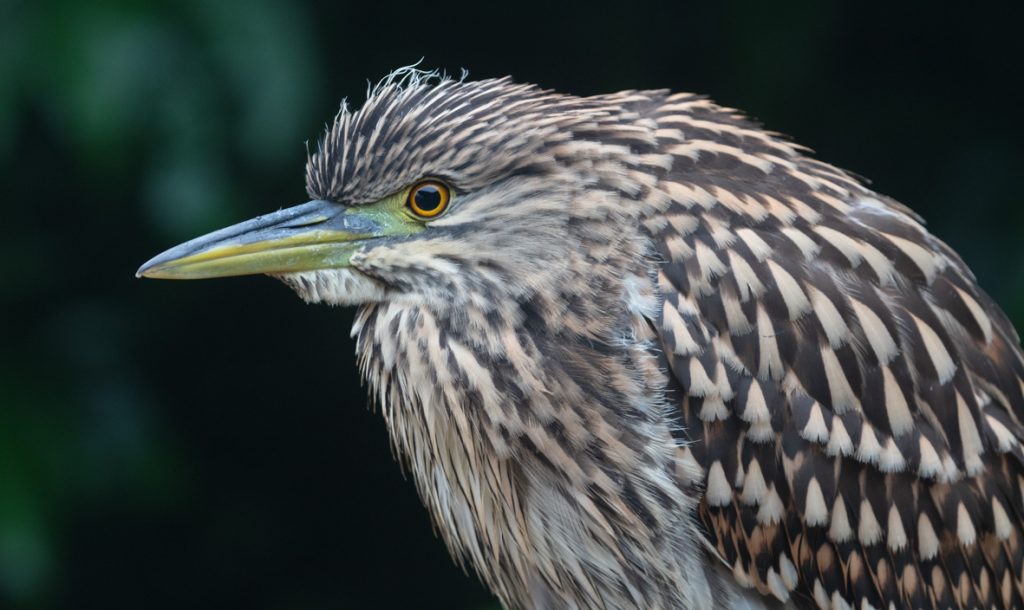
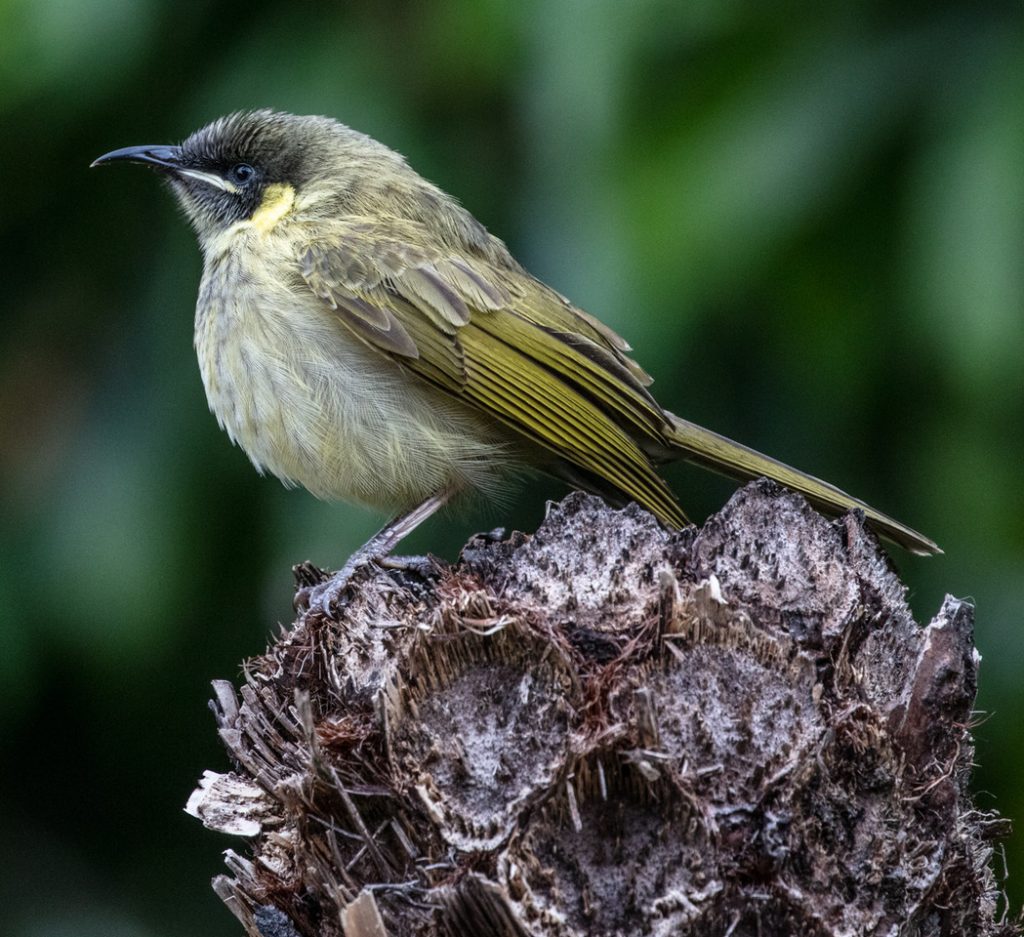




.jpg?bwg=1585014263)









